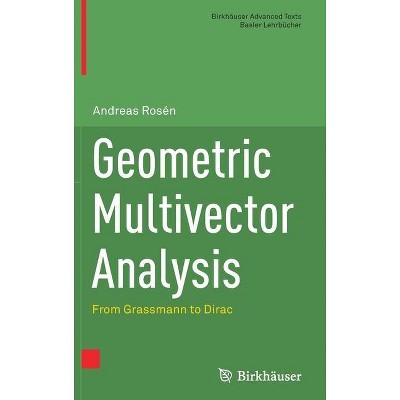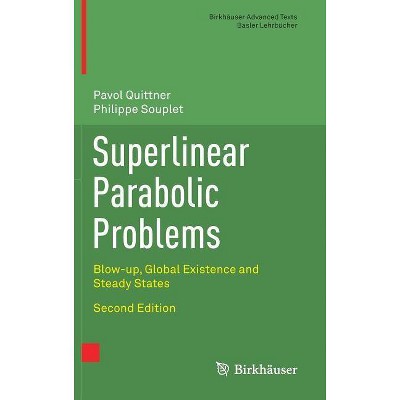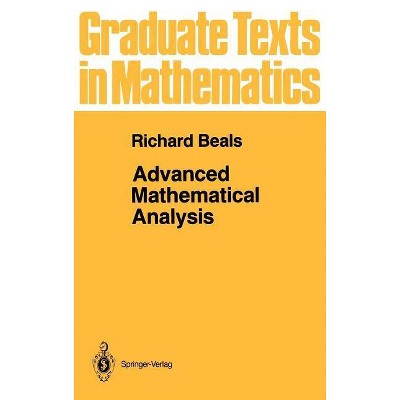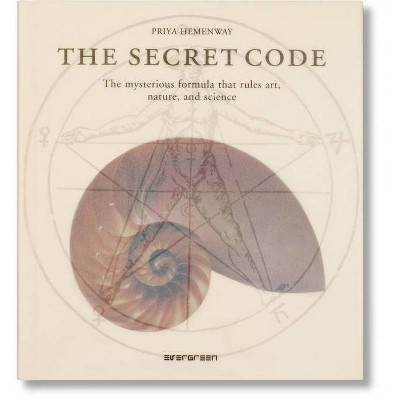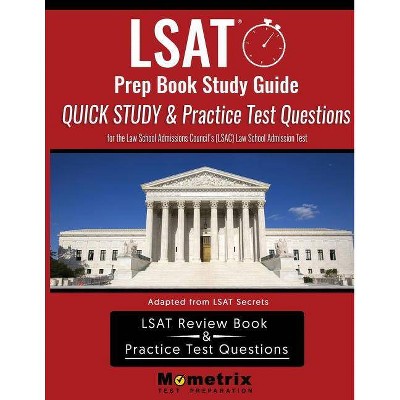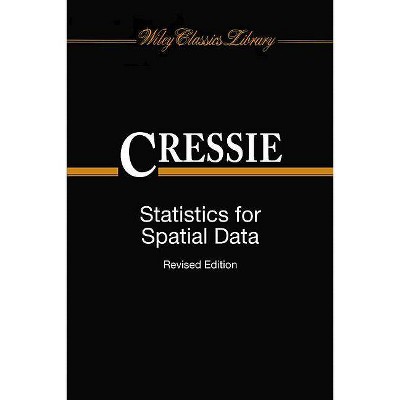Real Analysis - (Birkhäuser Advanced Texts Basler Lehrbücher) by Emmanuele Dibenedetto (Paperback)

Similar Products
Products of same category from the store
AllProduct info
<p/><br></br><p><b> Book Synopsis </b></p></br></br>This book is a self-contained introduction to real analysis assuming only basic notions on limits of sequences in ]RN, manipulations of series, their convergence criteria, advanced differential calculus, and basic algebra of sets. The passage from the setting in ]RN to abstract spaces and their topologies is gradual. Continuous reference is made to the ]RN setting, where most of the basic concepts originated. The first seven chapters contain material forming the backbone of a basic training in real analysis. The remaining two chapters are more topical, relating to maximal functions, functions of bounded mean oscillation, rearrangements, potential theory, and the theory of Sobolev functions. Even though the layout of the book is theoretical, the entire book and the last chapters in particular concern applications of mathematical analysis to models of physical phenomena through partial differential equations. The preliminaries contain a review of the notions of countable sets and related examples. We introduce some special sets, such as the Cantor set and its variants, and examine their structure. These sets will be a reference point for a number of examples and counterexamples in measure theory (Chapter II) and in the Lebesgue differentiability theory of absolute continuous functions (Chapter IV). This initial chapter also contains a brief collection of the various notions of ordering, the Hausdorff maximal principle, Zorn's lemma, the well-ordering principle, and their fundamental connections.<p/><br></br><p><b> From the Back Cover </b></p></br></br><p>The focus of this modern graduate text in real analysis is to prepare the potential researcher to a rigorous "way of thinking" in applied mathematics and partial differential equations. The book will provide excellent foundations and serve as a solid building block for research in analysis, PDEs, the calculus of variations, probability, and approximation theory. All the core topics of the subject are covered, from a basic introduction to functional analysis, to measure theory, integration and weak differentiation of functions, and in a presentation that is hands-on, with little or no unnecessary abstractions.</p><p>Additional features: </p><p>* Carefully chosen topics, some not touched upon elsewhere: fine properties of integrable functions as they arise in applied mathematics and PDEs - Radon measures, the Lebesgue Theorem for general Radon measures, the Besicovitch covering Theorem, the Rademacher Theorem; topics in Marcinkiewicz integrals, functions of bounded variation, Legendre transform and the characterization of compact subset of some metric function spaces and in particular of L<sup>p</sup> spaces</p><p>* Constructive presentation of the Stone-Weierstrass Theorem</p><p>* More specialized chapters (8-10) cover topics often absent from classical introductiory texts in analysis: maximal functions and weak L<sup>p</sup> spaces, the Calderón-Zygmund decomposition, functions of bounded mean oscillation, the Stein-Fefferman Theorem, the Marcinkiewicz Interpolation Theorem, potential theory, rearrangements, estimations of Riesz potentials including limiting cases</p><p>* Provides a self-sufficient introduction to Sobolev Spaces, Morrey Spaces and Poincaré inequalities as the backbone of PDEs and as an essential environment to develop modern and current analysis</p><p>* Comprehensive index</p><p>This clear, user-friendly exposition of real analysis covers a great deal of territory in a concise fashion, with sufficient motivation and examples throughout. A number of excellent problems, as well as some remarkable features of the exercises, occur at the end of every chapter, which point to additional theorems and results. Stimulating open problems are proposed to engage students in the classroom or in a self-study setting.</p><p/><br></br><p><b> Review Quotes </b></p></br></br><br><p>"The book serves as a solid building block for research in analysis, PDEs, the calculus of variations, probability theory and approximation theory; it provides an excellent foundation of real analysis." <b>--ZENTRALBLATT MATH</b></p><p>"This is a very good book. It begins with the standard material, but also includes chapters dealing with distributions and weak derivatives, special topics (e.g., the Calderón-Zygmund decomposition theorem, the Marcinkiewicz interpolation theorem), and Sobolev spaces . . . The Lebesgue integral is done in Rn and compared to the integral of Riemann... abstract measure theory and the Radon--Nykodym theorem are also treated... The author weaves together standard and non-standard material. I think this book would be of value to anyone with a serious interest in analysis. It is also suitable as a textbook." <b>--SIAM REVIEW</b></p><p>"Each chapter is completed by a set of exercises and problems that add new features and shed new light on the results from the main text. Bringing together, in a relatively small number of pages, important and difficult results in real analysis that are of current use in application to PDEs, Fourier and harmonic analysis, and approximation, this valuable book is of great interest to researchers working in these areas, but it can be used for advanced graduate courses in real analysis as well." <b>--STUDIA UNIVERSITATIS BABES-BOLYAI, SERIES MATHEMATICA</b></p><p>"Every advanced undergraduate or beginning graduate student who would mount mathematical Parnassus must master analysis; library shelves groan with texts and monographs aimed to aid the ascent . . . The first seven chapters of DiBenedetto's book constitute a standard year-long course in measure theory and functional analysis, including the theory of distributions, so important for partial differential equations, a motivating priority for the author. Treatments of Hausdorff measure and the Kirzbraun--Pucci theorem constitute emendations to the standard itinerary. The last two chapters . . . contain more special material on rearrangements, BMO, and embedding theorems for functions in Sobolev space." <b>--CHOICE</b></p><p>"DiBenedetto's writing style is quite concise. There is generally not a lot of introductory or motivational material. The theorems are well marked, and the material is well organized.... To summarize, I found DiBenedetto's book to be on par with Rudin's <i>Real and Complex Analysis</i> book. In my estimation, this means that it would serve as an outstanding reference book for someone already familiar with the topic, but would not be the best textbook for the typical introductory graduate course in real analysis." <b>--MAA</b></p><p>"This is a textbook on the vast field of real analysis. . . Each section is rounded off by a paragraph on 'problems and complements.' It brims with requests to the reader encourging him (or her) to prove something or to try something out. . . DiBenedetto's work is a thoroughbred among the analysis books. The sheer richness in content is awesome. I can recommend it to anyone who is already pretty much familiar with the realm of real analysis and who is looking for a comprehensive monograph in a modern style." <b>--IMN</b></p><br>
Price History
Price Archive shows prices from various stores, lets you see history and find the cheapest. There is no actual sale on the website. For all support, inquiry and suggestion messagescommunication@pricearchive.us

